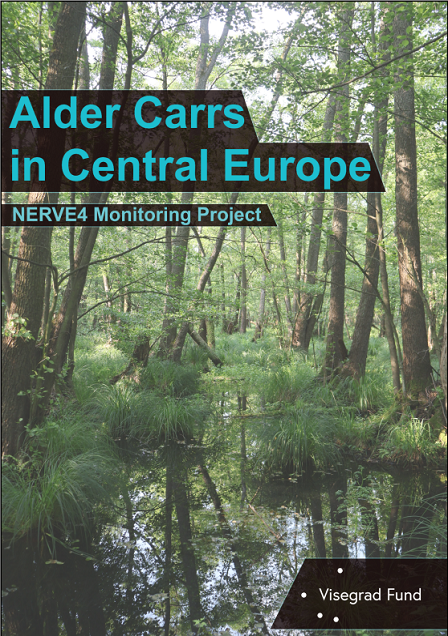
Wetland ecosystems, significantly impacted by human activities, are among the most vulnerable habitats. Human-induced changes in landscape hydrology and the continuing increase in the frequency of droughts have had a significant impact on the dynamics of wetland vegetation. Swamp forests, at the intersection of land and water, have undergone extensive management throughout European history. Often transformed into wet meadows or degraded due to drainage and eutrophication, they now exist as small wilderness fragments within intensively managed forest and agricultural landscapes, rich in nutrients. Despite their degradation and loss of area, swamp wetland forests remain crucial and fulfil a wide range of ecosystem functions. By providing the only suitable habitat for many endangered regional species of flora and fauna, they play an important role in enriching the regional biodiversity pool. These species are associated with the unique ecological conditions of swamp wetland forests, which represent an ecotone between aquatic and terrestrial environments, as well as an ecotone between treeless vegetation and forest environments. Larger fragments of swamp forests can also contribute to the water quality of the adjacent water body by removing toxic compounds and excess nutrients. In addition, swamp forests have been recognised as 'early warning systems'. They are the first to detect the environmental changes associated with climate change affecting landscape-wide hydrology.
The purpose of this publication is to extend knowledge about variability, distribution, vegetation trends, and conservation issues in Central European wetland swamp forests.